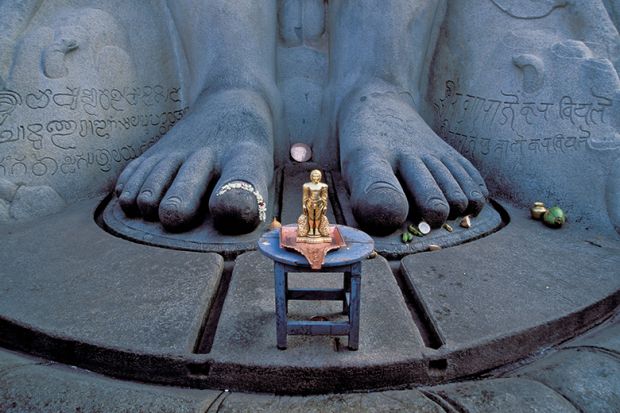India’s decision to slim down its Institutes of Eminence excellence initiative after months of chaos has been hailed as a “sensible decision”, but concerns remain that it will not support enough public universities to reach world-class status.
The Indian government had pledged to bestow Institutes of Eminence status on 20 universities – 10 public and 10 private institutions – but last week it announced the names of just six universities (three public and three private) that would be supported through the scheme.
N. Gopalaswami, head of the Empowered Expert Committee, which was in charge of shortlisting the candidates, told CNN-News 18 that it “could not find 20” suitable universities, with reports suggesting that this was on the grounds of the weak quality of teaching and research.
Local news reports claim that the committee had shortlisted five other public universities but that the Ministry of Human Resource Development chose not to grant them the award.
In another interview with The Hindu, Mr Gopalaswami said that institutions that failed to win the designation in this round could reapply.
The initiative aims to create a regulatory structure to allow select universities to develop as world-class teaching and research institutions. The government previously announced that each public university under the scheme would receive 10 billion rupees (£110 million) over five years.
The government had initially planned to select the institutions by April, but it scrapped its initial shortlist after using the wrong indicators.
Alan Ruby, senior scholar at the Alliance for Higher Education and Democracy at the University of Pennsylvania, who advised the Indian government on the initiative, said that it was “a sensible decision to concentrate” resources and “choose those places that you think are ready now” to achieve world-class status.
“One piece of advice we gave the ministry was ‘up to 20’. You don’t need to have 20, you need to put your resources into those that you think are going to be successful,” he said.
“In some ways, it’s actually an intelligent decision. Just because someone says ‘up to 20’ or someone says ‘we’re going to have 10 public and 10 private’, you don’t actually have to meet the quota. If they’re not good enough, they’re not good enough. You don’t admit them. If anything, I was actually encouraged [by that announcement].”
But Antara Sengupta, a research fellow specialising in higher education at the Observer Research Foundation, an independent thinktank based in India, said that the announcement left her “wondering why couldn’t we give the Institutes of Eminence tag to at least all 11” of the shortlisted candidates.
“Given that the annual budget already earmarked Rs1,000 crore [£110 million] for each of the 10 public IoEs, it is only fair to support more public universities to help them prepare for excellence and, eventually, [higher positions in] global rankings,” she said.
“Similarly, for private institutes, since the government does not have to make any financial commitments, it needs to come up with certain special guidelines to support and encourage a few able private institutes to also come into the said league.”
She added: “Investing in education can never be a waste of money, if done strategically.”




